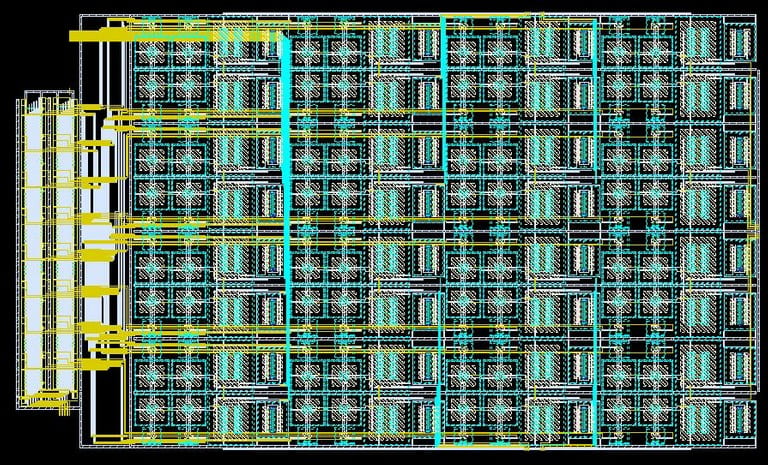Functional Electrical Stimulation of biological tissue has a wide range of applications ranging from pain relief to neural prostheses. Flexibility, small size and low power operation, safety are key requirements in microstimulation systems. Custom integrated circuits for microstimulation face the challenge of having to support relatively high stimulation voltages for the current CMOS technology, while still needing maintain low power operation and achieve a high degree of miniaturization. In addition, the experimental nature of the evolving microstimulation applications demands a high degree of flexibility and versatility. We are working on several microstimulation applications through our collaborators that have a varying degree of requirements.

Selected Publications
- “Challenges for Integrated Circuits in Implantable Devices,” W. Liu and M. Sivaprakasam, Volume: 20, Future Fab International, January 2006.
- “Microelectronics Design for Implantable Wireless Biomimetic Microelectronic Systems,” W. Liu, M. Sivaprakasam, G. Wang, M. Zhou, J. Granacki, J. LaCoss, and J. Wills, Volume: 24, Pages: 66 – 74, IEEE Engineering in Medicine and Biology Magazine, September 2005.
- “A Variable Range Bi-Phasic Current Stimulus Driver Circuitry for an Implantable Retinal Prosthetic Device,” M. Sivaprakasam, W. Liu, M. S. Humayun, and J. D. Weiland, Volume: 41, Pages: 763 – 771, IEEE Journal of Solid State Circuits, March 2005.
Collaborators
- University of Southern California
- Long Beach Veteran Affairs
- Stanford University
- Huntington Medical Research Institutes


